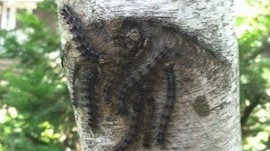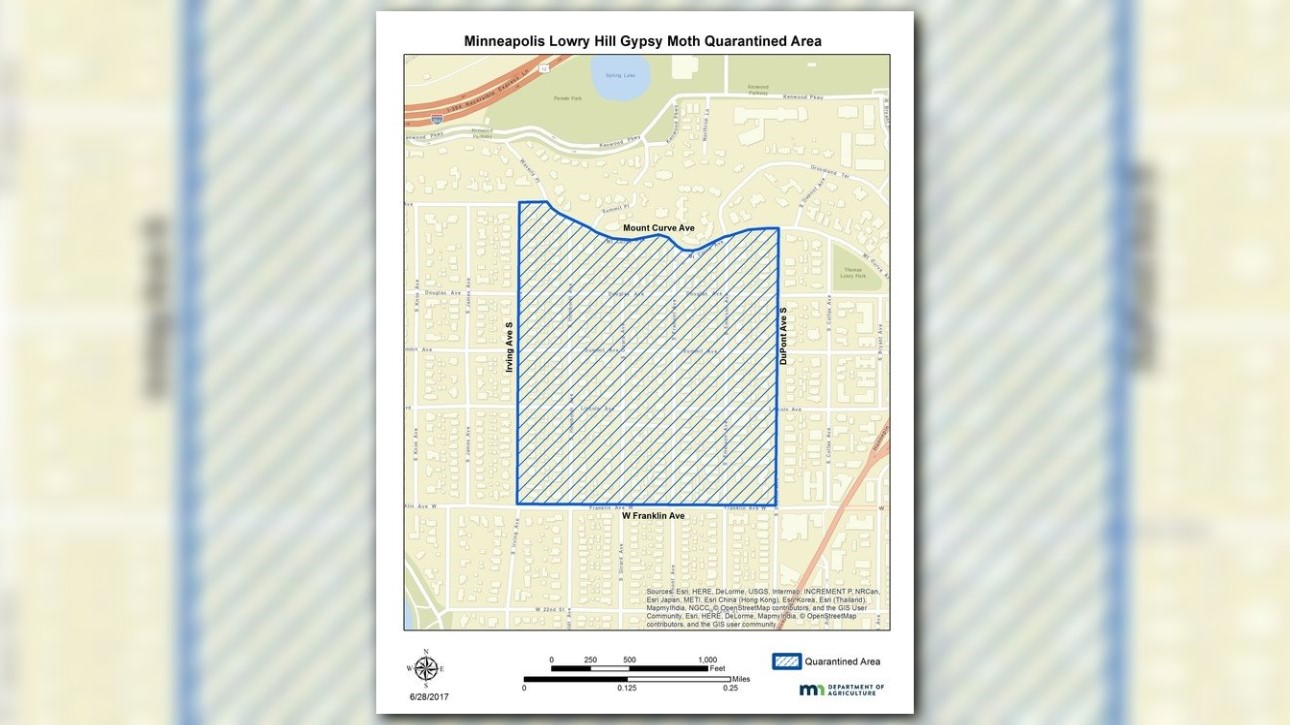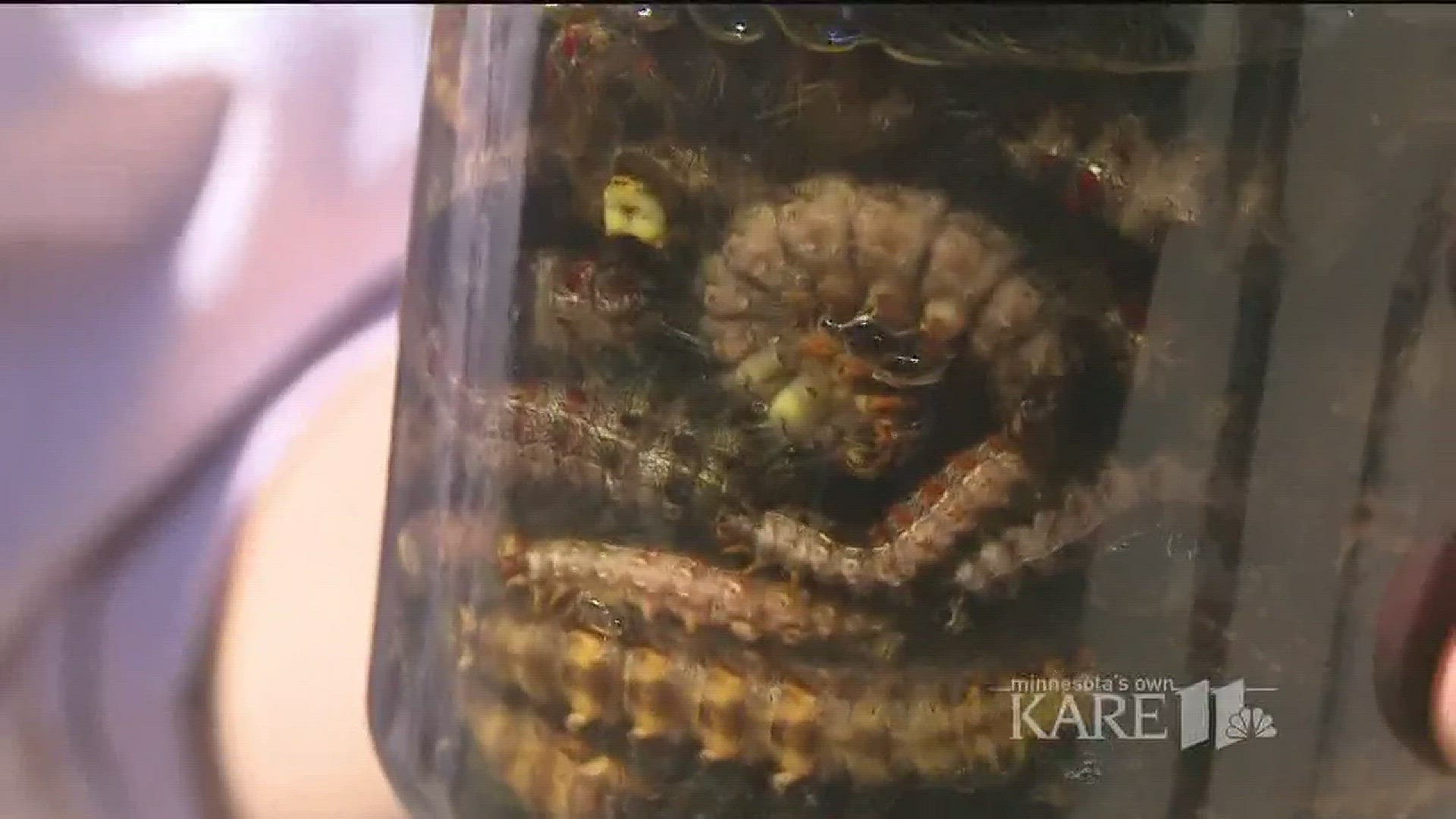MINNEAPOLIS - The Minnesota Department of Agriculture has issued a quarantine in the Lowry Hill neighborhood in Minneapolis after a homeowner discovered gypsy moths on his property.
The homeowner, who wanted to remain anonymous, says he first found the bugs three weeks ago.
"I saw this dark clump of something on my tree and when I took a closer look I discovered it was a bunch of caterpillars."
Agriculture officials were notified a short time later. Experts found numerous trees oozing with caterpillars.

A quarantine was soon issued to prevent the invasive bugs from spreading to other parts of the city.
"We are restricting the movement of woody debris, like branches, yard clippings and tree trimmings," plant pest regulatory specialist Marissa Streifel says.
The quarantine also prevents homeowners from moving other outdoor items off their property such as boats, trailers, and sheds.
"If a homeowner needs to move those items they should check them thoroughly for egg sacks and caterpillars that might be on them," Streifel says.
The quarantine extends from West Franklin Avenue to Mount Curve Avenue and stretches from Irving to DuPont.

Streifel says the quarantine will be in effect until next spring when the Department of Agriculture can spray pesticide in the neighborhood.
"We have to wait until next spring when the caterpillars are hatching and are in a certain stage," Streifel says.
"The pesticide coats the leaves and when the caterpillars eat the leaves the bacteria gets in their gut and makes it so they can't absorb nutrients. They basically end up starving."
The pesticide is not supposed to be harmful to humans.
"We used this pesticide on a neighborhood in Richfield this spring," Streifel says. "We're now monitoring the neighborhood to see if any caterpillars come back."
Several gypsy moth traps have been set up in the Lowry Hill neighborhood to slow down the spread. Ag experts say the caterpillars can wreak havoc on trees by eating all their leaves and exposing them to other diseases and infections.

The moths originally came from Europe and Asia and have been in the United States since the 1800s. However, the first recorded sighting in Minnesota wasn't until the early 2000s.
An information session for affected homeowners has been scheduled for Tuesday, July 11, at the Kenwood Community Center. The event will go from 6:30 to 8 p.m.

